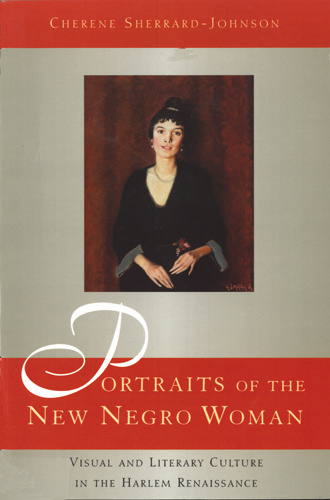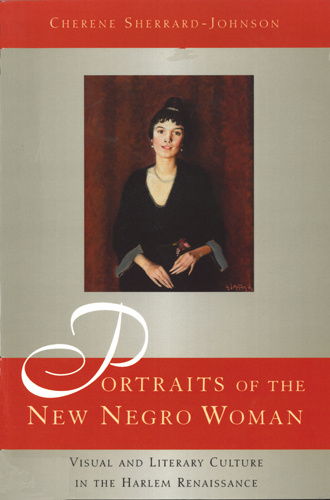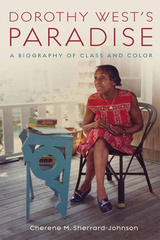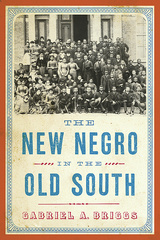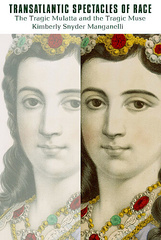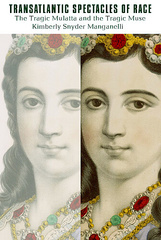Portraits of the New Negro Woman
Visual and Literary Culture in the Harlem Renaissance
Of all the images to arise from the Harlem Renaissance, the most thought-provoking were those of the mulatta. For some writers, artists, and filmmakers, these images provided an alternative to the stereotypes of black womanhood and a challenge to the color line. For others, they represented key aspects of modernity and race coding central to the New Negro Movement. Due to the mulatta’s frequent ability to pass for white, she represented a variety of contradictory meanings that often transcended racial, class, and gender boundaries.
In this engaging narrative, Cherene Sherrard-Johnson uses the writings of Nella Larsen and Jessie Fauset as well as the work of artists like Archibald Motley and William H. Johnson to illuminate the centrality of the mulatta by examining a variety of competing arguments about race in the Harlem Renaissance and beyond.
This beautifully written book locates artists and writers of the Harlem Renaissance squarely within Modernism and puts women at the center of this project . . . the scholarship is impeccable and the work as a whole is brilliantly organized.
This beautifully written book locates artists and writers of the Harlem Renaissance squarely within Modernism and puts women at the center of this project . . . the scholarship is impeccable and the work as a whole is brilliantly organized.
Provocative and intriguing. This is a particularly rich book. Sherrard-Johnson moves deftly through literary and visual sources and offers fascinating and detailed readings of each. It offers a provocative methodology as well; the conversational structure enables scholars and students alike to challenge the confines of literary and visual study, as it enables a discussion of a shared and ambiguous grammar of race, gender, and sexuality that transcends medium.
Acknowledgments
Preface
Introduction: The Iconography of the Mulatta
Chapter 1. "A Plea for Color": Nella Larsen's Textual Tableaux
Chapter 2. Jessie Fauset's New Negro Woman Artist and the Passing Market
Chapter 3. "Black Beauty Betrayed": The Modernist Mulaata in Black and White
Chapter 4. The Geography of the Mulatta in Jean Toomer's Cane
Chapter 5. Redressing the New Negro Woman
Notes
Bibliography
Index

